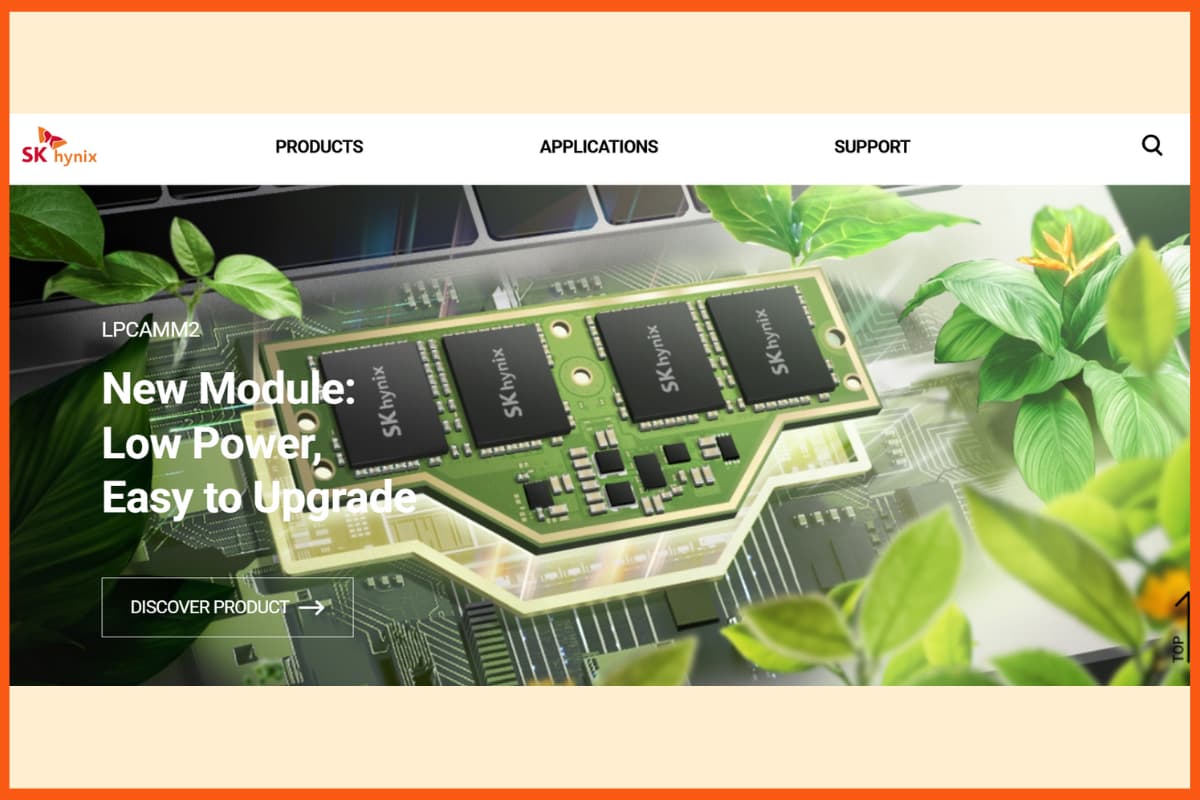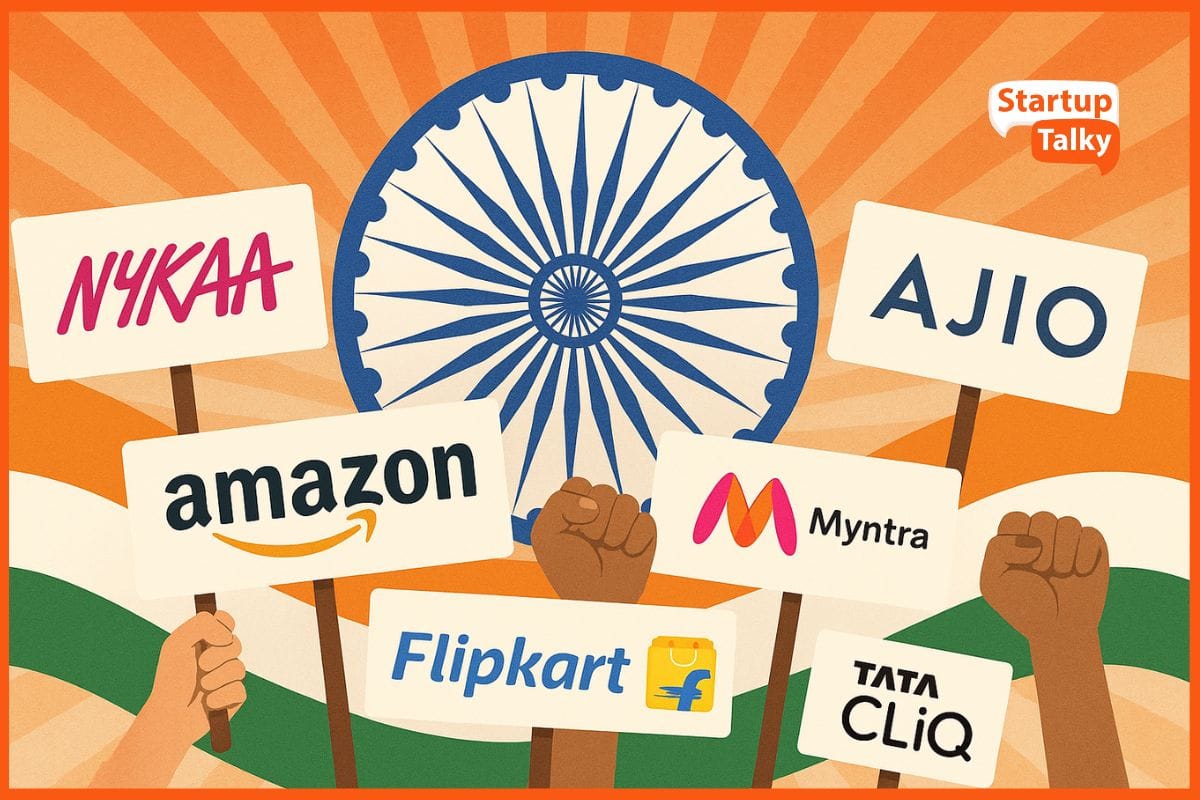With the growing digital platforms, our lives have become very convenient and amusing. We are an evolving species, continually evolving into a better version of ourselves, and adapting to the world of technology. It’s likely to say that our lives wouldn’t be the same without these digital platforms. It would be a wicked question to ask, can you imagine yourself living with no digital or electrical devices? No, right? Well, you can’t deny the obvious statistics.
Not only playing, but these devices are an essential part of professional and students’ lives as well. These electrical and digital devices, like smartphones, laptops, iPads, electrical equipment, appliances, and many more, are controlled by a small electrical chip, called a Semiconductor.
Semiconductors are located between the conductor and insulator to provide the minimal amount of necessary electricity for our devices to function smoothly, and are used by the best electronics company in the world.
Over the past years, semiconductor companies have evolved into brilliant functioning and power with affordable, cheap rates. Because of the advancements made by the companies, semiconductors have become the foundation of the digital developing world and function conveniently.

Over the past few months, the world has been facing a shortage of semiconductors because of the increasing demand. This has resulted in long waiting periods across many industries, such as cars, appliances, and electronics. Many products have also increased their prices because of this issue. Now that you know how valuable semiconductors are, this article will list the 16 largest semiconductor companies in the world.
| Company | Key Features | Key Products |
|---|---|---|
| NVIDIA | Leader in GPUs, AI accelerators, data center chips | GeForce GPUs, A100/H100 AI chips, DGX systems |
| TSMC | World’s largest semiconductor foundry; advanced nodes (3nm, 5nm) | Foundry wafers (chips for Apple, AMD, NVIDIA, etc.) |
| Samsung | Top memory chip maker; also makes logic chips and consumer electronics | DRAM, NAND flash, Exynos SoCs, displays |
| Broadcom | Specializes in networking, broadband, and wireless semiconductors | Networking ASICs, Wi-Fi/Bluetooth chips, custom ASICs |
| ASML | Exclusive supplier of EUV lithography machines | EUV & DUV lithography systems |
| AMD | CPUs, GPUs, and AI chips for PCs, servers, and gaming | Ryzen CPUs, EPYC server CPUs, Radeon GPUs |
| Intel | CPUs, integrated graphics, and growing foundry services | Core & Xeon CPUs, Arc GPUs, foundry chips |
| Texas Instruments | Analog chips and embedded processors for industrial uses | Analog ICs, microcontrollers, power management ICs |
| QUALCOMM | Leader in mobile SoCs and 5G modem technology | Snapdragon SoCs, 5G modems, RF front-end chips |
| Applied Materials | Semiconductor equipment and materials engineering | Deposition, etch, CMP, and inspection tools |
| Analog Devices | Analog, mixed-signal, RF, and sensor solutions | Signal processors, sensors, power management ICs |
| Lam Research | Wafer fabrication and etch equipment | Etch systems, deposition and cleaning equipment |
| Micron Technology | DRAM and NAND memory for consumer and enterprise markets | DRAM, NAND, SSDs, memory modules |
| Synopsys | EDA software, verification tools, and semiconductor IP | EDA tools, IP cores, verification & security software |
| Tokyo Electron | Semiconductor manufacturing equipment for front-end and back-end | Coaters/developers, etch tools, inspection systems |
| SK Hynix | DRAM, NAND flash, and high-performance memory for AI and servers | DRAM, NAND, HBM (High Bandwidth Memory) |
NVIDIA
| Company Name | NVIDIA |
|---|---|
| Revenue | $60.9 billion (2024) |
| Headquarters | California, United States |
| Market Cap | $1.123 trillion |

NVIDIA is a leading IT company that is dominating the market with its artificial intelligence hardware and software products. It is one of the largest producers of powerful graphics processing units (GPUs) and is well known for developing integrated circuits. NVIDIA has more than 50 offices worldwide, which hold the strength of 26,916 employees. Its GPUs are used to develop accurate automated solutions for manufacturing semiconductors.

TSMC
| Company Name | Taiwan Semiconductor Manufacturing Co.Ltd |
|---|---|
| Revenue | $90.08 billion (2024) |
| Headquarters | Hsinchu, Taiwan |
| Market Cap | $473.10 billion |

Taiwan Semiconductor Manufacturing Co. Ltd. involves working through an independent pure-play foundation that also formulates integrated circuits. It delivers great quality products and services. This Taiwanese company is also among the leading semiconductor manufacturing companies by market cap. It had 73,090 employees at the end of 2022.
Samsung
| Company Name | Samsung Electronics |
|---|---|
| Revenue | $207.6 billion (2024) |
| Headquarters | South Korea |
| Market Cap | $359.15 billion |

Samsung Electronics is counted among the largest chip manufacturing companies in the world. It works with around 270,320 employees worldwide. Samsung Electronics ranked first on Forbes World’s Best Employer for 2022. Its semiconductors are brilliantly functioning and are usually used in tablets and smartphones, especially Samsung devices.
Broadcom
| Company Name | Broadcom |
|---|---|
| Revenue | $51.6 billion billion (2024) |
| Headquarters | San Jose, California |
| Market Cap | $358.12 billion |

Broadcom offers a wide range of semiconductors and products based on software infrastructure. It is the largest semiconductor manufacturer with a product line that provides tons of services for networking, wireless, storage, broadband, data centers, and the industrial market. It has 20,000 employees in 30 countries around the world. It delivered the world’s first 50G Automotive Ethernet Switch and announced the availability of the world’s first Wi-Fi 7 Ecosystem Solutions. The semiconductor industry in world is rapidly growing, driven by increasing demand for AI chips, memory, and advanced electronics across multiple sectors.
ASML
| Company Name | ASML Holding Semiconductors Company |
|---|---|
| Revenue | $30.5 billion (2024) |
| Headquarters | Veldhoven, Netherlands |
| Market Cap | $242.74 billion |

ASML stands for Advanced Semiconductor Material Lithography, which signifies its specialization in the development and manufacturing of photolithography machines that are used to produce computer chips. It is the largest supplier of semiconductors in the world and the sole supplier of extreme ultraviolet lithography (EUV) photolithography machines. These machines are required to manufacture the most advanced chips.
AMD
| Company Name | Advanced Micro Devices |
|---|---|
| Revenue | $25.8 billion (2024) |
| Headquarters | Santa Clara, California |
| Market Cap | $174.03 billion |

AMD (Advanced Micro Devices) is an incredible semiconductor manufacturing company that works in computer processing. This company also develops other computing devices such as motherboard chipsets, flash memory, graphics processors, and others.
Intel
| Company Name | Intel |
|---|---|
| Revenue | $$53.1 billion (2024) |
| Headquarters | Silicon Valley, California |
| Market Cap | $162.11 billion |

Intel is a popular semiconductor manufacturing company that works with more than 131,900 employees in 46 countries. Intel develops semiconductors with the finest manufacturers of the x86 series of microprocessors that work best in PCs and laptops. Talking of diversity, of its total workforce, 25.9% are female and 17.7% URM.
Texas Instruments
| Company Name | Texas Instruments |
|---|---|
| Revenue | $15.641 billion (2024) |
| Headquarters | Dallas, Texas |
| Market Cap | $149.23 billion |

Texas Instruments is one of the oldest yet biggest semiconductor companies in the world. With its incredible 90 years of journey, it is obvious with the trends. It produces some of the best and most delicate semiconductors that work incredibly well for customers, and the best electronics companies in the world currently use it.
It is also rated as one of the best companies to work for. Its 15 manufacturing sites worldwide produce 80,000 products for over 100,000 customers.
QUALCOMM
| Company Name | Qualcomm |
|---|---|
| Revenue | $$38.96 billion (2024) |
| Headquarters | San Diego, California |
| Market Cap | $125.70 billion |

Qualcomm is quite a remarkable company that works in manufacturing semiconductors and markets wireless communication products. Several telecommunication companies around the globe use Qualcomm’s patented CDMA technology. Qualcomm has been a crucial part of the development of wireless communications and semiconductors.
Applied Materials
| Company Name | Applied Materials |
|---|---|
| Revenue | $27.18 billion (2024) |
| Headquarters | Santa Clara, California |
| Market Cap | $120.94 billion |

Applied Materials has grown exponentially over the years. It also provides semiconductors for flat-screen TVs, computer chips, and solar devices and has become a top semiconductor manufacturer over the years. The company handles some exclusive complex processing to form these products and delivers great service.
Analog Devices
| Company Name | Analog Devices Inc. |
|---|---|
| Revenue | $9.4 billion (2024) |
| Headquarters | Wilmington, Massachusetts |
| Market Cap | $87.78 billion |

Analog Devices Inc. is a prominent American multinational semiconductor company that works in the areas of data conversion, signal processing, and power technology. The company is popular for constructing analog, mixed-signal, and digital signal processing (DSP) integrated circuits (ICs) used in electronic equipment. These techniques are used to regulate “real-world” functions such as temperature, speed, sound, and electrical current. ADI has 24,450 employees who are dedicated to ensuring the growth of the company.
Lam Research
| Company Name | Lam Research |
|---|---|
| Revenue | $14.905 billion (2024) |
| Headquarters | Fremont, California |
| Market Cap | $87.28 billion |

Lam Research is a leading company that manufactures advanced semiconductors. It works around the globe, including Japan, China, Taiwan, Korea, and Europe. Besides this, it also delivers some great products such as wafer cleaning, film deposition, and more. It had 17,200 employees in 2023, an 8.2% decline from 2021.
Micron Technology
| Company Name | Micron Technology |
|---|---|
| Revenue | $25.11 billion (2024) |
| Headquarters | Boise, Idaho, US |
| Market Cap | $77.60 billion |

Around the globe, Micron Technologies is the only company that manufactures semiconductors based in Idaho. It specializes in data storage and data processing for computers. Over the years, this company has remained at the top as it has developed some incredible and impressive products. Micron Technology has 40,000 employees in 17 countries.
Synopsys
| Company Name | Synopsys |
|---|---|
| Revenue | $6.127 billion (2024) |
| Headquarters | Mountain View, California |
| Market Cap | $71 billion |

Synopsys is a well-known electronic design automation (EDA) company that supplies tools and services to the semiconductor design and manufacturing industry. The company focuses on silicon design and verification, silicon intellectual property, and software security. Synopsys has a widespread network around the globe with its offices located across 18 European countries and employs 19,000 employees worldwide.
Tokyo Electron
| Company Name | Tokyo Electron |
|---|---|
| Revenue | $12.09 billion (2024) |
| Headquarters | Minato City, Tokyo |
| Market Cap | $66.87 billion |

Tokyo Electron Limited (TEL) is one of the world’s largest manufacturers of semiconductor production equipment. Tokyo Electron has a brand reputation as a supplier of the best fabricated integrated circuits, photovoltaic cells, and flat panel displays. Tokyo Electron Devices (TED), a subsidiary company of TEL, is popular for its specialization in semiconductor devices, electronic components, and networking devices. TEL has 26 group companies with over 15,140 employees worldwide.
‘Semiconductor Manufacturing Process’ Explained | ‘All About Semiconductor’ by Samsung Semiconductor
SK Hynix
| Company Name | SK Hynix |
|---|---|
| Revenue | $45.97 billion (2024) |
| Headquarters | Icheon, South Korea |
| Market Cap | ≈ $157 billion |

SK Hynix is the world’s second-largest memory chip maker after Samsung, supplying DRAM, NAND flash, and multi-chip packages used in PCs, servers, smartphones, and consumer electronics. The company holds over 20% of the global DRAM market and is already mass-producing advanced 128-layer and 176-layer 4D NAND flash chips. With major fabs in South Korea and China, it also provides specialty foundry services for image sensors and display driver ICs. SK Hynix has committed $97 billion to fab expansions and upgrades through 2025, while also expanding into high-performance and AI-driven memory to support the fast-growing demand from cloud, data centers, and next-generation devices.
Conclusion
Life without electronic devices is hard to imagine. They have become an important part of our lives to make every task handy. Technology is evolving every day, and to keep up with that, the right semiconductor is required in our electronic devices. Through this article, we presented the top 15 biggest semiconductor companies in the world that provide the best facilities and advanced features to meet the increasing demand for semiconductors.
FAQs
Is the semiconductor industry dying?
In 2019, the global semiconductor industry suffered, and its revenue fell 12% to $412 billion but it returned to growth in 2020. In 2021, global semiconductor sales reached $595 billion and grew to $618 billion in 2022.
How big is the semiconductor industry?
The global market size of the semiconductor industry was $618 billion in 2022 and is expected to reach $596 billion in 2023 (a fall of 3.6%).
Which company manufactures the most semiconductors in the world?
Taiwan Semiconductor Manufacturing Co. TSMC manufactures the most semiconductors in the world. TSMC has emerged over the past several years as the world’s most important semiconductor company, with enormous influence over the global economy.












